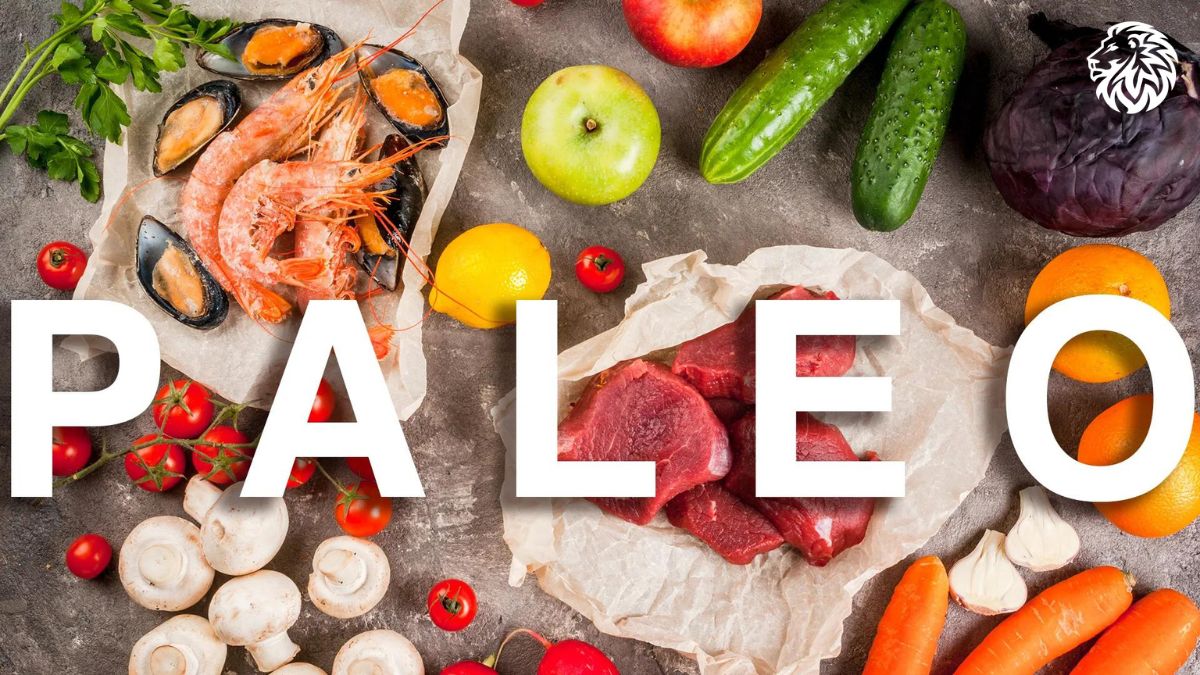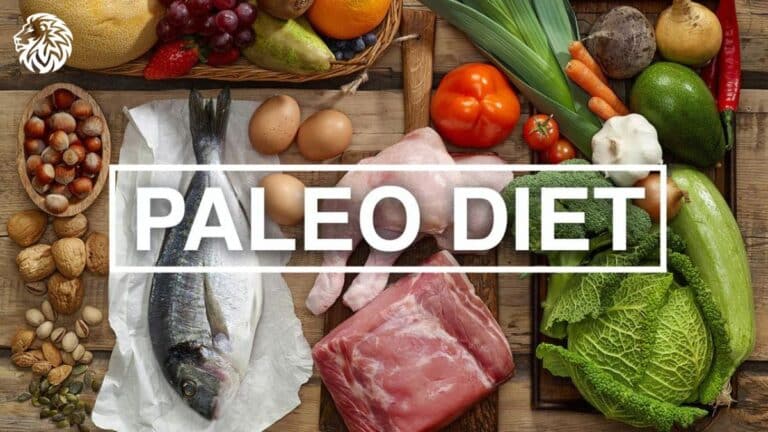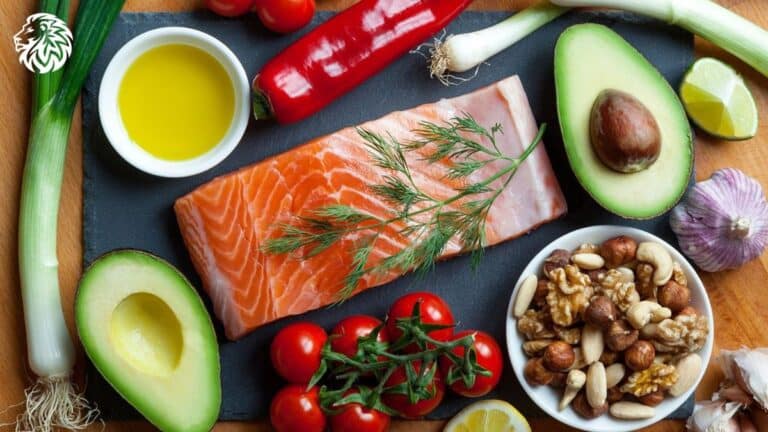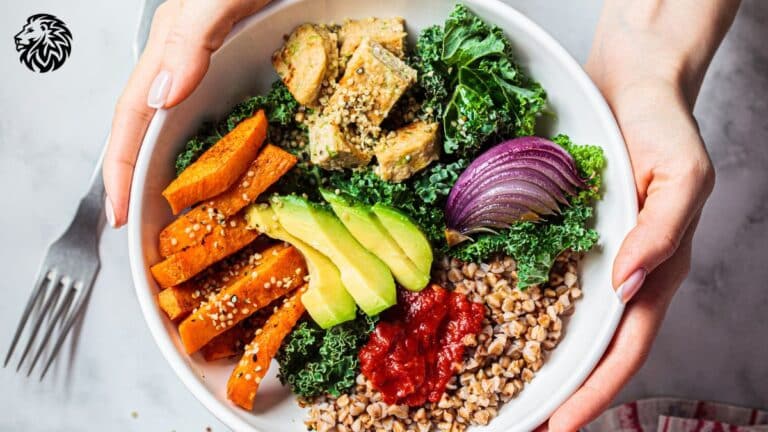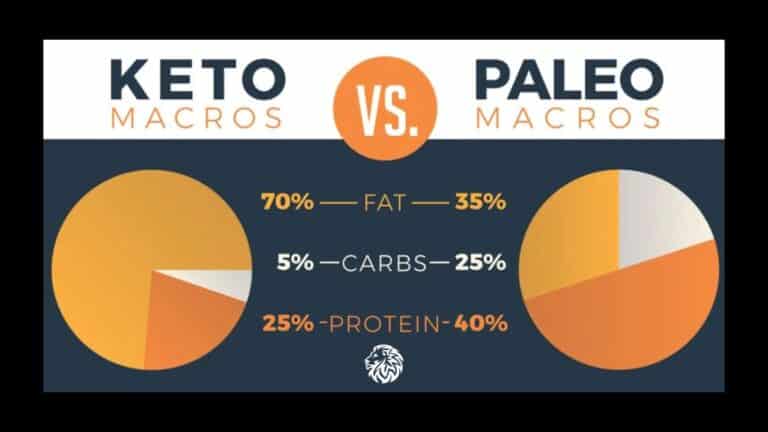Drawing inspiration from our ancient ancestors’ eating habits, the Paleo Diet has garnered considerable attention in recent times. By emphasizing whole, unprocessed foods and steering clear of grains, dairy, and refined sugars, this diet offers a unique approach to nutrition. In this piece, we delve into the underlying principles of the Paleo Diet, examine its impact on weight loss, and address frequently asked questions, thereby empowering you to make an informed decision about embracing this lifestyle.
Key Takeaways
- Embrace ancestral eating habits: The Paleo Diet encourages consumption of whole, unprocessed foods similar to those available during the Paleolithic era, optimizing health and minimizing chronic disease risk.
- Concentrate on nutrient-laden sustenance: Give precedence to lean meats, seafood, an array of fruits and vegetables, nuts, seeds, and wholesome fats, crafting a well-rounded, gratifying diet that bolsters weight loss and holistic wellness.
- Shun inflammation-inducing components: Sidestep grains, legumes, dairy products, refined sugars, and processed fare to mitigate inflammation, bolster gut health, and amplify the efficacy of weight loss endeavors.
- Customize for individual needs: The Paleo Diet can be modified to suit vegetarians, vegans, or those with specific dietary restrictions, but consulting a healthcare professional is advised before making significant lifestyle changes.
The Paleo Diet: A Brief Overview
The Ancestral Philosophy
Rooted in the Paleolithic era, which spanned an astounding 2.6 million to 10,000 years ago, the Paleo Diet—also known as the Caveman Diet—seeks to emulate our ancestors’ consumption patterns. Long before the dawn of agriculture or modern food processing techniques, our hunter-gatherer predecessors thrived on a diet of unprocessed, whole foods. Advocates of the Paleo Diet assert that aligning our diets with those of our ancient forebears allows us to optimize health, fend off chronic diseases, and achieve a lean, fit physique.
The Do’s and Don’ts of the Paleo Diet
Do’s:
- Consume lean meats and wild game, such as grass-fed beef, free-range poultry, and venison.
- Include fish and seafood, preferably wild-caught and rich in omega-3 fatty acids.
- Emphasize a variety of fresh fruits and vegetables, prioritizing organic and locally sourced options when possible.
- Incorporate nuts and seeds, which are nutrient-dense and provide healthy fats, in moderation.
- Use natural sources of healthy fats, such as olive oil, coconut oil, and avocado.
- Opt for water, herbal teas, and black coffee as your primary beverages, while avoiding sugary and artificially sweetened drinks.
Don’ts:
- Avoid grains, including wheat, barley, and rice, as they were not part of the hunter-gatherer diet.
- Eliminate legumes, such as beans, lentils, and peanuts, due to their phytic acid content, which can interfere with nutrient absorption.
- Steer clear of dairy products, as they were not consumed during the Paleolithic era and can cause digestive issues for some individuals.
- Refrain from consuming refined sugars, artificial sweeteners, and processed foods, which can contribute to inflammation and chronic diseases.
- Limit high-sugar fruits and starchy vegetables, as excessive consumption can lead to increased calorie intake and blood sugar fluctuations.

How the Paleo Diet Aids Weight Loss
Elimination of Processed Foods and Sugars
The Paleo Diet’s focus on whole, unprocessed foods can help reduce overall calorie intake. By eliminating processed foods, refined sugars, and artificial sweeteners, individuals tend to consume fewer empty calories and develop healthier eating habits, thereby promoting weight loss.
Increasing Satiety and Nutrient Density
The Paleo Diet emphasizes nutrient-dense foods, such as lean proteins, healthy fats, and fibrous vegetables, which contribute to increased satiety and decreased hunger. As a result, individuals tend to consume fewer calories and experience more effective and sustainable weight loss.
Reducing Inflammation and Improving Gut Health
The elimination of grains, legumes, and dairy products from the Paleo Diet helps reduce inflammation and promotes better gut health. A healthier gut contributes to improved digestion, enhanced nutrient absorption, and decreased bloating, all of which can support weight loss.
Enhancing Insulin Sensitivity
Following the Paleo Diet, with its low glycemic index and reduced carbohydrate intake, can lead to improved insulin sensitivity. Better insulin sensitivity prevents insulin resistance, which is often associated with obesity and type 2 diabetes, further aiding in weight loss and overall health improvement.

Conclusion
Anchored in the principles of ancestral nutrition, the Paleo Diet champions the consumption of whole, unprocessed foods, bolstering overall health and fostering weight loss. By eschewing processed foods, refined sugars, and other inflammatory culprits, you can embark on a healthy, sustainable weight loss journey. Nevertheless, seeking counsel from a healthcare professional prior to adopting this lifestyle is imperative, and one mustn’t forget that long-term success hinges on a well-rounded, nutrient-rich diet and regular physical activity.
Frequently Asked Questions
Is the Paleo Diet suitable for vegetarians or vegans?
The Paleo Diet can be challenging for vegetarians or vegans, as it emphasizes animal proteins. However, by incorporating plant-based protein sources like nuts, seeds, and certain vegetables, vegetarians and vegans can still follow a modified version of the diet.
Can I exercise while following the Paleo Diet?
Absolutely! The Paleo Diet provides ample nutrients and energy for individuals to engage in regular physical activity. Exercise is essential for overall health and can further enhance weight loss efforts.
Will the Paleo Diet cause nutrient deficiencies?
When followed correctly, the Paleo Diet is nutritionally balanced and should not lead to nutrient deficiencies. However, it’s crucial to consume a variety of nutrient-dense foods to ensure adequate nutrient intake.
How long should I follow the Paleo Diet to see weight loss results?
Weight loss results vary from person to person, but most individuals can expect to see changes within a few weeks of adopting the Paleo Diet. It’s essential to focus on long-term lifestyle changes rather than quick fixes for sustainable weight loss.
Is the Paleo Diet safe for individuals with medical conditions?
Though the Paleo Diet boasts a myriad of health advantages, it is of utmost importance to consult a healthcare expert before diving into any new dietary regimen, particularly if pre-existing medical conditions are a concern.
